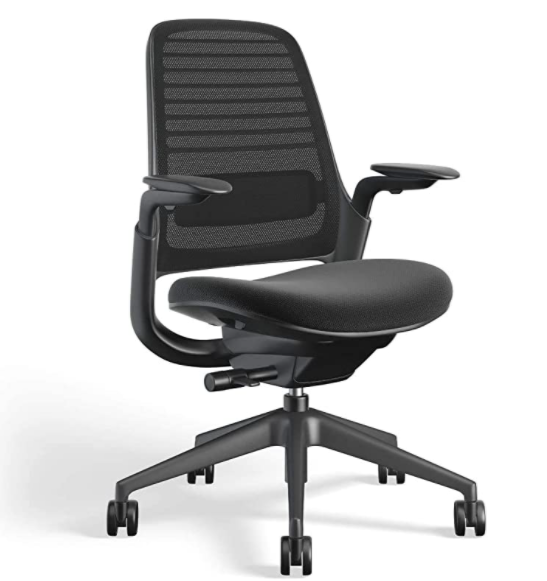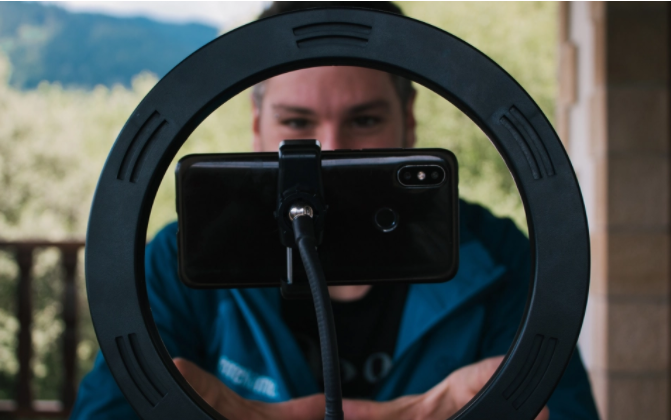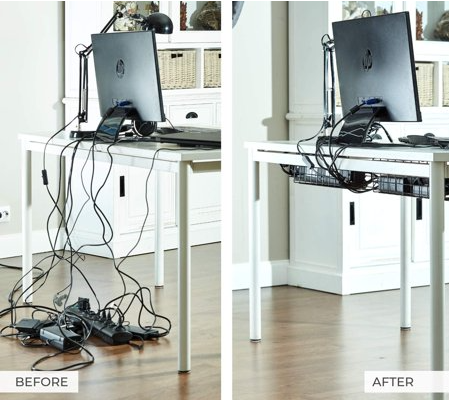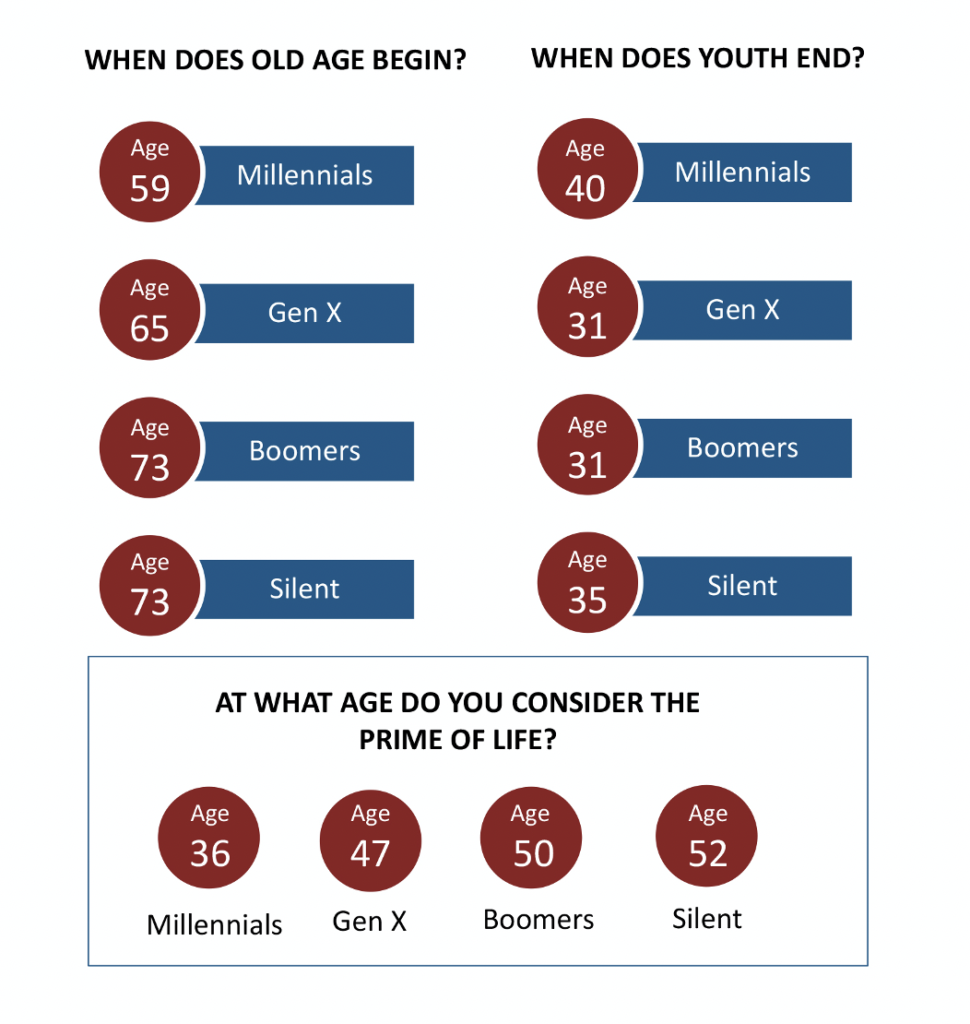I’m sure you’ve been seeing the headlines, across America we continue to hear about front-line workers, healthcare workers who are refusing to get the Covid vaccine. In Ohio, it’s estimated that 60% of nursing home workers declined to get the vaccine!
I want to believe that those choosing not to get the vaccine when they could get that vaccine are just ignorant and natural selection will take its course. But, not even 100% of hospital workers, nurses, and doctors on Covid units are getting the vaccine they are eligible to get!
So, we know that when it comes time that we can help our own employees get the vaccine, not all will want it. This will cause a bunch of issues in organizations that we haven’t even come close to really knowing, yet.
Can you fire an employee who refuses to get a Covid Vaccine?
Short answer? Yes. The longer answer depends on a number of factors. Do they have a legitimate religious exemption, not one they’ve conveniently made up in the past day or so? Do they have a document medical issue? Etc.
The reality is employers have a lot of ground to stand on when forcing employees to get a vaccine or lose their job. Getting the vaccine becomes a workplace safety issue and the government and the courts have shown a willingness to back these protections.
The more important question is, do you as an employer want to force employees to get the vaccine, or is there a better way to get the same result? This is really a company by company decision.
What are some ways to get employees to want to take the vaccine?
Let’s face it, the vast majority of most employees, at most employers, will actually want to get the vaccine and get back to life as “normal” before the pandemic. So, anything you roll out to entice your employees to get the vaccine will be a bonus most probably didn’t need. That being said, here’s what I’ve been hearing some employers are doing:
- Cash bonus to get the vaccine. $100 if you get the vaccine in a certain time period once it’s available.
- Extra time off.
- Extra flexibility around their schedule.
- Making it super convenient, like offering vaccines onsite at the workplace.
It’s basically the carrot or the stick. Most likely, organizations will have to use both to get to the point of ‘herd immunity’. The reality is, based on data, you don’t actually have to have 100% of employees get vaccinated to make your workplace safe.
I think it’s important to remember that factor. You really don’t need 100%. As organizations do we really want to fight that battle with someone who just refuses, yet, they are a good, solid employee? I don’t think it will be worth it in the long run.
The one thing you might try is drafting an agreement for those who refuse which would state, they are refusing to get the vaccine and I would try and add in some language that gives you the right as an employer to be able to let other employees know who are those employees are aren’t vaccinated from a workplace safety issue, so other employees know who they need to continue to social distance from. Is this ideal? Heck no! There are HIPAA issues, among others. But, this is about how do we keep the majority of our employees safe.
Now, before drafting some agreement like that up on your own, get your legal counsel involved. They’ll balk at first, but with some pushing, they can put something together that will protect the organization from any legal blowback.
Again, you have to weigh the outcome of doing something like this. Those employees who refuse the vaccine, sign your agreement, and you make that public among your employees is now wearing a scarlet letter around. That isn’t good either, from a cultural standpoint.
This is why HR is so much fun! We don’t live in black and white, we live in the gray. There isn’t one perfect answer to the question. Of course, the best-case scenario is every single one of your employees wants the vaccine and gets the vaccine. Unfortunately, I don’t see that happening with too many organizations.








